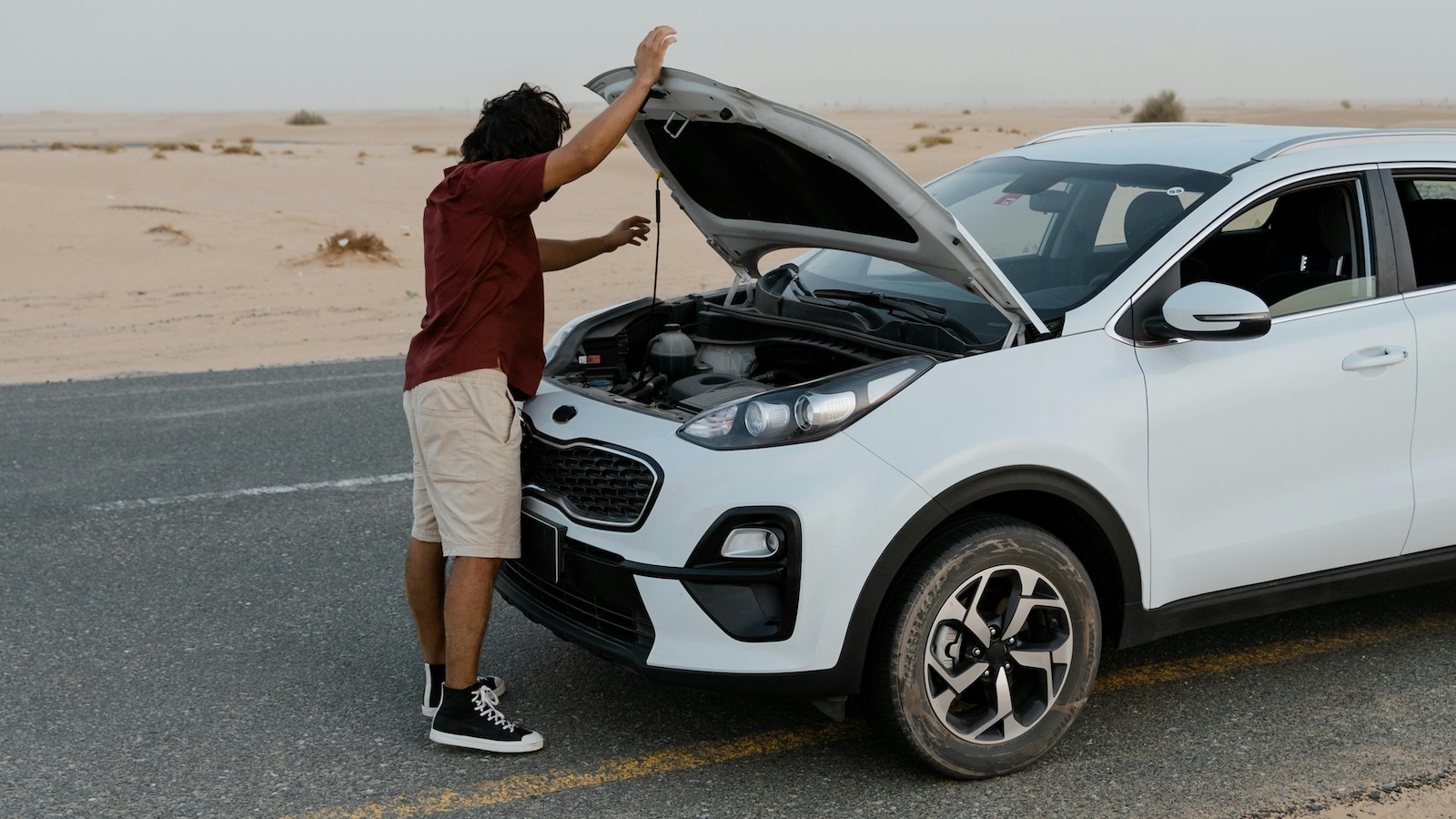Sometimes a picture says it all. The stock photo above shows 14 individuals working on the same vehicle and focusing on separate things. None of them knows everything the others have seen. None knows everything about the car. None necessarily documents anything they just did. They just complete a task — none talking to each other.
Sounds like every auto insurance company I have visited in the last 25 years — no exceptions.
Marketing, advertising, agency, distribution, acquisition, rate/quote/bind, service, claims, etc.: We all know those are about a car, just not exactly which car and what's inside it.
Back to the picture above: No one even counted #15, the person in the driver's seat.
That's what I'm talking about: We ignore our customer.
Worse, we blame them for not knowing their car, and we ask them car questions all the time.
It's not like we don't ignore everyone else in the insurance value chain, but not knowing the customer's car when we talk about their car with the customer seems like an epic ball drop.
We ask them all sorts of things about their car that we could just look up ourselves most of the time. Not because we are mean but because we lack basic information to communicate in a literate way about specific car features and values across our many insurance transactions.
How much empathy do we show when we use customers to do our legwork? Do we save them time? Do we add value by bringing knowledge they might expect from us? Do we show respect for their own lack of car literacy — they are just the driver. Do we serve up delight and satisfaction? Do each of us even know the features and values on our own cars? Maybe for a recent purchase with a window sticker handy, but that used car we bought second hand five years ago from a neighborhood lot with the yellow paint on the windshield that said "Sale $5,899" — of course we don't.
Face it: Nobody carries around their owners' manual. Even if they did, it doesn't say if the exterior paint is clear-coated metallic finished or just regular paint. Who really knows where the advanced driver assistance sensors are on a car — bumper, side mirror, main windshield, front grill, or multiple fused sensors, etc.? These are the clues needed for knowing you have a $5,000 windshield when a "rock from road" claim occurs versus a $500 version. This detail is how the windshield repair truck driver knows what to deliver, and what tips them off that you may need in-shop calibration.
We know that vehicles might have automatic emergency braking (AEB), but for the current car of the conversational moment, is it installed on this car? The answer is binary, yes or no, but our frame of reference is wonky… most cars on the road can't possibly have AEB. The average age of cars on the road is over 12 years old, and forward AEB technology was only entering the new car fleet sporadically about 10 years ago. Rearward AEB is even newer.
Even the new car on the lot for the new policy being issued today - is AEB there or not? While there are plans to make it a standard feature on all cars someday (like a backup camera since May 2018 in the U.S.), there are more unknowns than not, certainly if you ask the customer.
That's what I mean when I say the auto insurance industry is illiterate when it comes to cars.
Not about car insurance, but about the cars themselves.
We talk about average cars, typical cars, new cars, and features available on some cars — some available standard, some optionally available. Seldom do we talk about a specific car with specifics.
This, even though we can just look it up.
We have the data we already require in some policy system somewhere or in a quote flow or a claim. Literally, we can just look it up, or better still, pre-fill all our questions with the accurate manufacturer answers. So can everyone.
We struggle with "as built" and "your vehicle," but every single policy for each specific vehicle is identified by its VIN (vehicle identification number), a unique serial number assigned by the manufacturer and labeled in many ways and places on modern vehicles, including registration.
For industry veterans, there was a time long ago when there was no standard VIN (before 1981). And for many of us raised without smartphones (first iPhone was 2007) or perhaps even before the internet (World Wide Web publicly available in 1993), there are decades of model years of vehicles without electronic data that describes them deeply. But for the last decade for sure, seeing a VIN on the internet with price, features, dealer location, and window sticker details is how we shopped for our vehicle, and how we compare features and values every day.
It's time we bring to work what we have in our pockets… easy, accurate, specific details about any VIN on the street, especially the last 100 million vehicles made and sold in the U.S.
I pick on these 100 million as the NEW FLEET: the ones with all the gadgets, sensors, and a variety of possible power trains (old-fashioned internal combustion engines, mixed breed hybrids, and full-on electric vehicles). These 100 million are all model years since 2019, when being online was table stakes for car sales dealers, and a new listing had VIN and window sticker as minimal evidence that a new car was built in a certain way with a certain color and certain features for a certain advertised manufacturer suggested retail price (a base MSRP) with complete disclosure of any destination and delivery fees as well as any optional equipment installed costs to give a total MSRP.
Sure, in the real world, any manufacturer can change their base MSRP, destination and delivery fees, and option prices at any time — that they do. These updates flow onto the dealer lots and websites just like they have gone to dealerships since the very first window sticker back in the 1950s. The car sold yesterday had its window sticker, and the changes that apply today can usually be relied on to be on today's window sticker.
That sticker for a new vehicle is still there when that new car is driven off the lot on the way to its new home by its new driver. For "new fleet" used cars sold, the internet listings of its first listing have that same data. In fact, all new listings for the 100 million "new fleet" vehicles are living in a repository you can see from your smartphone right now. Most also have full "as built" manufacturers build sheet data already appended.
Show a little empathy, save a lot of time, save a lot of money. Talk isn't cheap. Neither is rework.
Let your staff and customers use the data on hand to have specific, accurate, and literate car conversations. This same data can be used to shop for replacements "just like your car" with literally no questions required to be asked. Not for shoppers, customers, agents, underwriters, actuaries, customer service people, co-workers, claims adjustors, repairers, salvage, recovery, vendors, banks, or lenders, just to name a few.
Moving from the general idea of a car to the specific "as built" details of your car is the current and future of what car literacy should look like.








